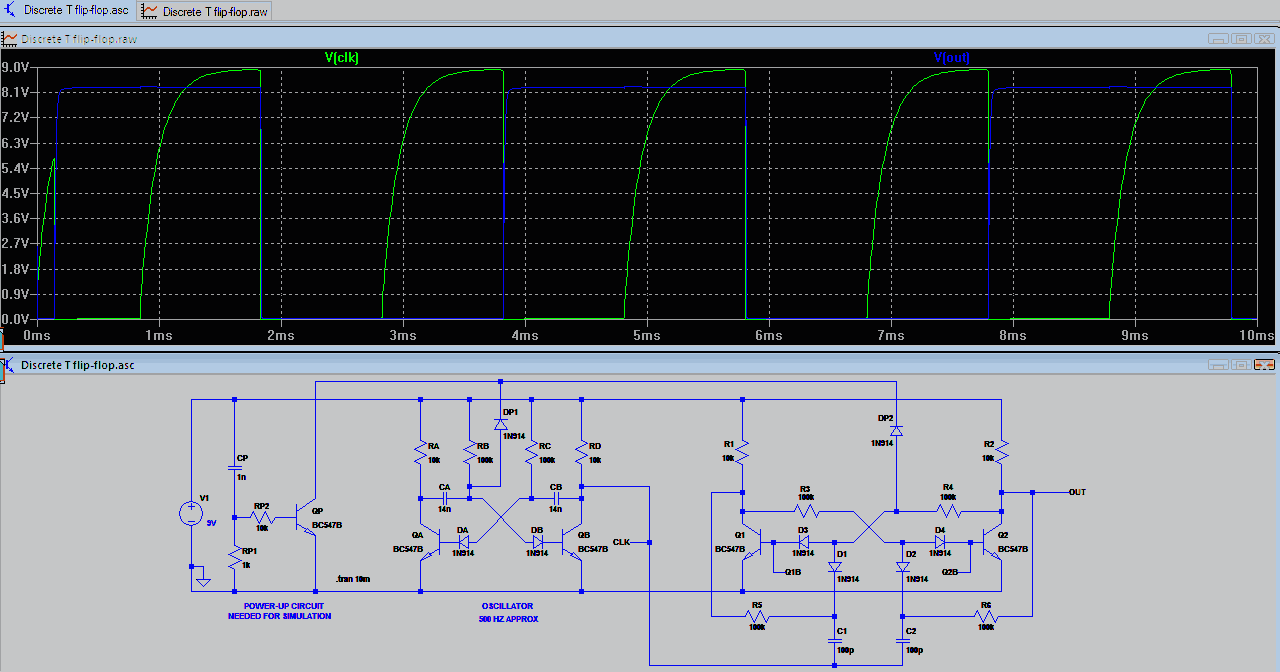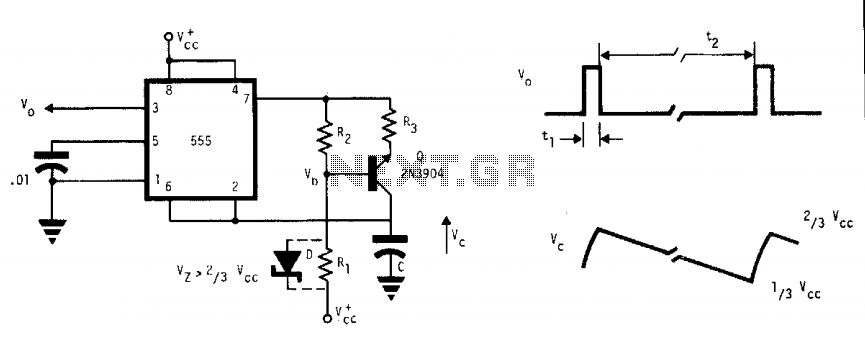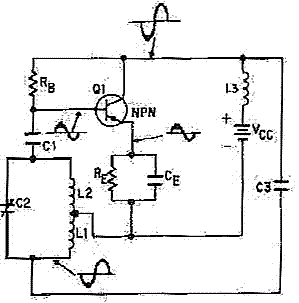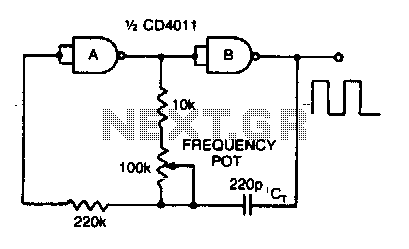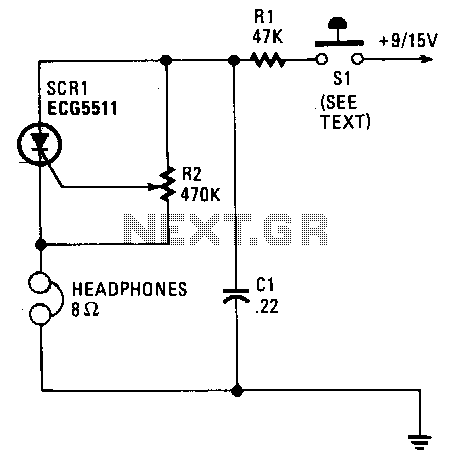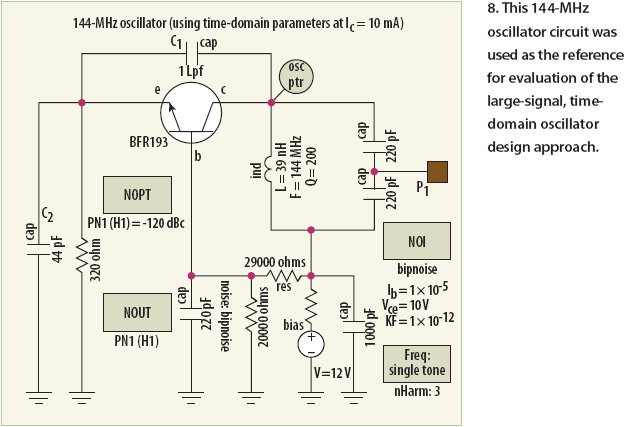
Overtone crystal oscillator
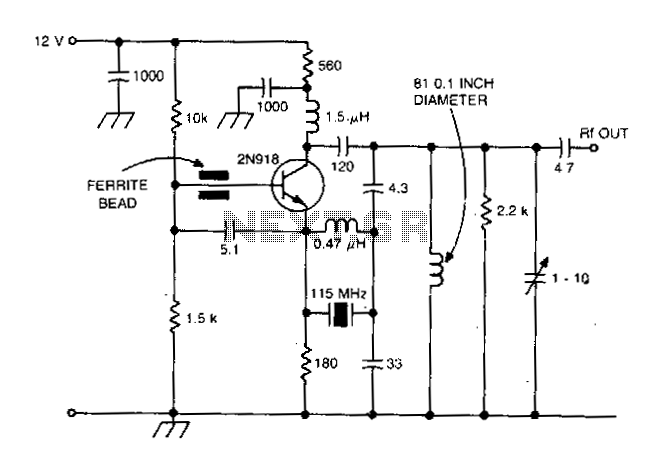
This design is intended for high reliability across a broad temperature range utilizing fifth and seventh overtone crystals. The inductor connected in parallel with the crystal induces antiresonance of crystal capacitance (Co) to reduce loading effects. This technique is frequently employed with overtone crystals.
The circuit employs overtone crystals, which are known for their ability to operate at higher frequencies than fundamental mode crystals. The selection of fifth and seventh overtone crystals allows for precise frequency stability and performance in demanding environments. The use of these overtone modes significantly enhances the frequency response and minimizes phase noise, making them suitable for applications that require stringent timing requirements.
In this design, the inductor is strategically placed in parallel with the overtone crystal to create a resonant circuit that effectively counters the loading capacitance presented by the crystal. This configuration leads to an antiresonant condition, which optimizes the circuit's performance by ensuring that the effective load on the crystal is minimized. This is crucial as excessive loading can dampen the oscillation amplitude and degrade the frequency stability, particularly in high-temperature or varying environmental conditions.
The choice of components in this circuit must be made with care to ensure that they can withstand the specified temperature range while maintaining the desired electrical characteristics. High-quality inductors and overtone crystals should be selected to guarantee the reliability of the circuit operation over time.
This design is particularly advantageous for applications in telecommunications, precision timing devices, and other electronic systems where frequency stability is paramount. By utilizing overtone crystals in conjunction with a parallel inductor, this circuit achieves an optimal balance of performance, reliability, and thermal stability.This design is for high reliability over a wide temperature range using fifth and seventh overtone crystals. The inductor in parallel with the crystal causes antiresonance of crystal Co to minimize loading This technique is commonly used with overtone crystals. 🔗 External reference
The circuit employs overtone crystals, which are known for their ability to operate at higher frequencies than fundamental mode crystals. The selection of fifth and seventh overtone crystals allows for precise frequency stability and performance in demanding environments. The use of these overtone modes significantly enhances the frequency response and minimizes phase noise, making them suitable for applications that require stringent timing requirements.
In this design, the inductor is strategically placed in parallel with the overtone crystal to create a resonant circuit that effectively counters the loading capacitance presented by the crystal. This configuration leads to an antiresonant condition, which optimizes the circuit's performance by ensuring that the effective load on the crystal is minimized. This is crucial as excessive loading can dampen the oscillation amplitude and degrade the frequency stability, particularly in high-temperature or varying environmental conditions.
The choice of components in this circuit must be made with care to ensure that they can withstand the specified temperature range while maintaining the desired electrical characteristics. High-quality inductors and overtone crystals should be selected to guarantee the reliability of the circuit operation over time.
This design is particularly advantageous for applications in telecommunications, precision timing devices, and other electronic systems where frequency stability is paramount. By utilizing overtone crystals in conjunction with a parallel inductor, this circuit achieves an optimal balance of performance, reliability, and thermal stability.This design is for high reliability over a wide temperature range using fifth and seventh overtone crystals. The inductor in parallel with the crystal causes antiresonance of crystal Co to minimize loading This technique is commonly used with overtone crystals. 🔗 External reference
